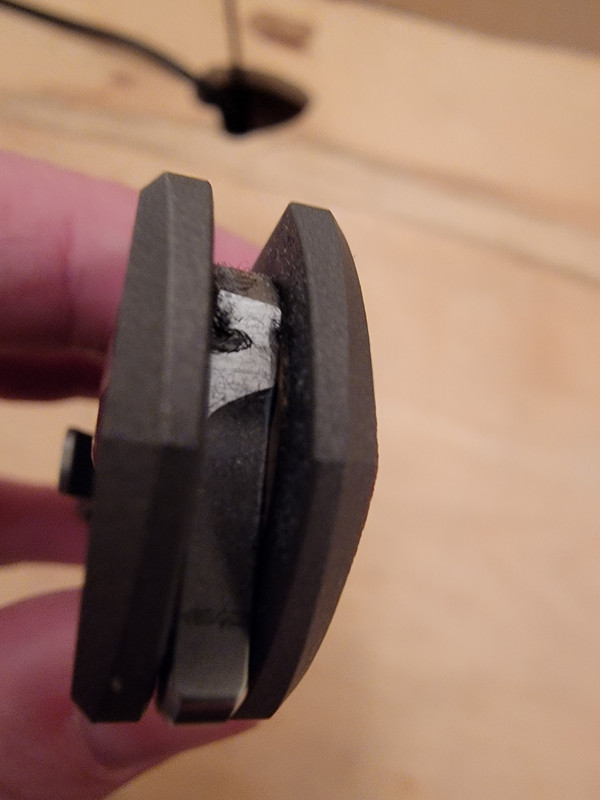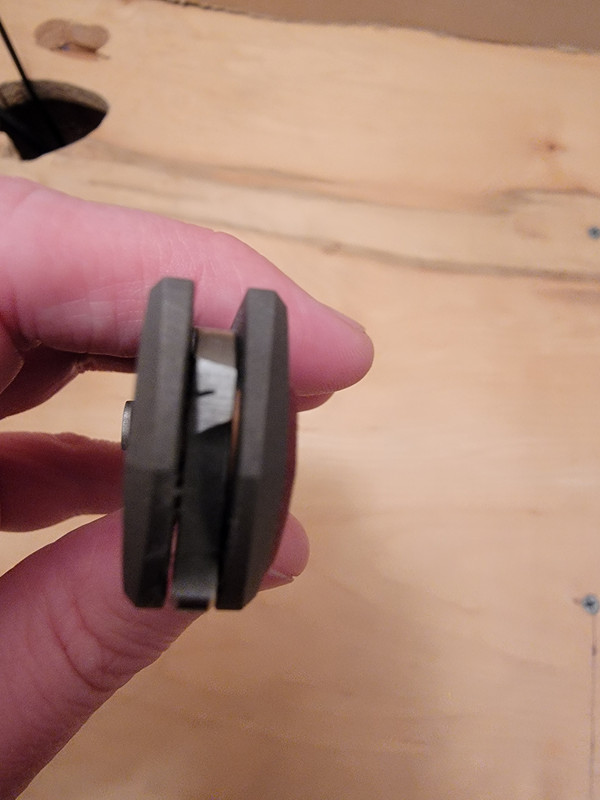- Joined
- Nov 28, 2005
- Messages
- 1,320
Chris Reeve is famous for the tolerance but many knives have a different lockup distance. Some are around what looks to be 70% and for a new knife this seems odd. I wonder if the tooling that cuts the face is a factor here or what. I’m speaking to newer models like 31 and Inkosi. These have the ceramic ball and should maintain the lockup for a long time. Thoughts?
I did have a 2007 annual that went all the way over right out of the box, I was livid but that’s another story from long ago. My 2006 was perfect.
I did have a 2007 annual that went all the way over right out of the box, I was livid but that’s another story from long ago. My 2006 was perfect.
Last edited:


